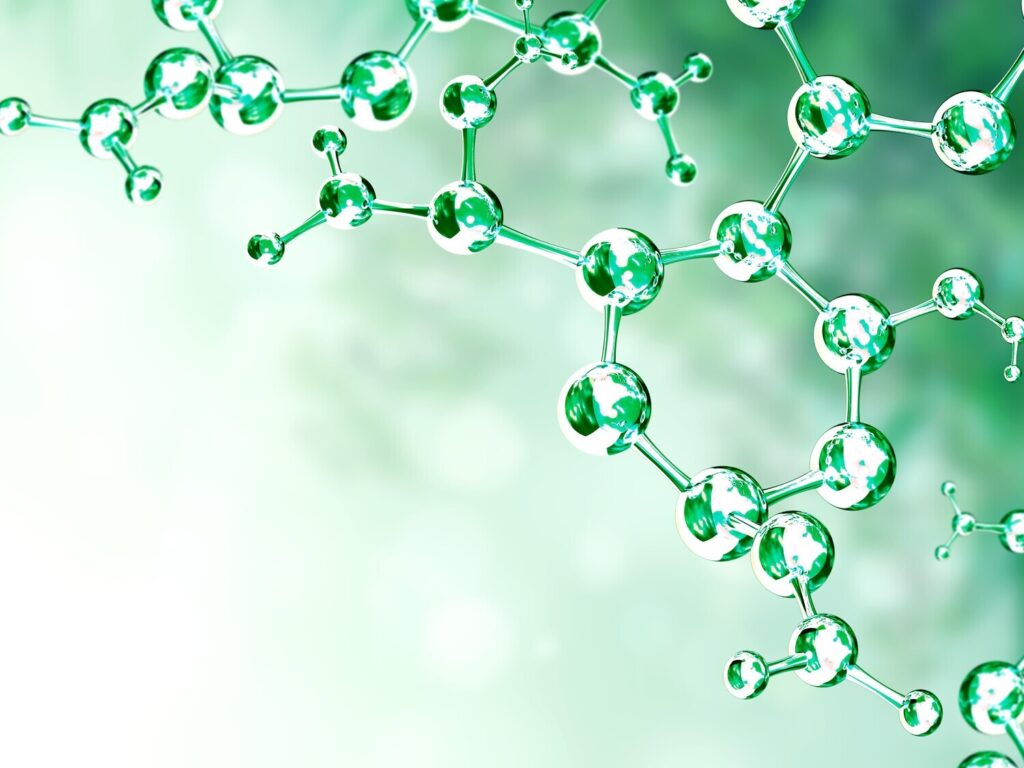Introduction
Sulfonic acids are those organosulfur compounds known to be strong acids; hence, their applications are wider in industries. Characterized by the functional group -SO₃H, these chemicals have wide applications in organic syntheses, industrial catalysis, and even in environmental applications. In recent years of development within material science, sulfonic acids are nowadays increasingly integrated into heterogeneous systems to improve their sustainability by reduction of ecological footprint.
Table of Contents
Structural Features and Properties
Sulfonic acids are a class of organic acids that generally bear a sulfonic acid group attached to any organic backbone. Their details are given below.
Strong Acidity
The acidity within this class of organic acids lies in the very top range, hence they act as very good catalysts or promoters for most reactions.
Thermal and Chemical Stability
These are resistant to extreme conditions of chemicals and heat, which is an asset important in most industrial processes.
Water Solubility
The polar -SO₃H group ensures good water solubility, further expanding their scope into reactions at the aqueous phase.

Recent Development in Sulfonic Acid Functionalization
Recent efforts have involved the immobilization of sulfonic acids onto solid supports such as silica, titania, and magnetic nanoparticles. Such hybrid materials combine excellent reactivity of sulfonic acids with ease of separation and recyclability bestowed by heterogeneous catalysts.
Functionalization Methods
Grafting Approach
Sulfonic acid groups are chemically attached to a preformed support. In most cases, mercaptopropyltrimethoxysilane is used as a precursor. This method is versatile but sometimes reduces the surface area of the support.
Co-Condensation
Functionalization takes place during material synthesis and spreads homogeneously to the active sites. This leads to higher catalytic efficiency and stability.
Green Innovations
Due to ecological concerns, so-called “green chemistry” solvents and microwave-assisted synthesis find broader applications. These techniques minimize waste and increase functionalization efficiency.
Applications of Sulfonic Acids
The application of sulfonic acids in different fields has significantly extended the use of sulfonic acids beyond those that had become traditional:
1. Industrial Catalysis
SO3H-functionalized catalysts are of great utility in such reactions as esterification, transesterification, and hydration. With their strong acid character and reusability, they represent much “greener” alternatives compared to the conventional mineral acids.
2. Environmental Chemistry
The materials involved in the decomposition of pollutants, transformation of biomass into biofuels, all in full agreement with the paradigm of green chemistry.
3. Pharmaceutical Synthesis
Sulfonic acids are also used in the preparation of heterocycles, an essential part of many medicinal drugs. Their potential to act as catalysts in multi-component transformations under benign conditions plays an important role in drug design.
Disadvantages of Using Sulfonic Acid
The most echoing question that arises is “Is sulfonic acid safe?”
The answer to sulfonic acid is that it is safe; however, one needs to be extremely cautious while handling them because sulfonic acids are highly corrosive. Reacting violently with water, it may burn clothes and skin; hence, a lot of care needs to be taken while working with sulfonic acid and that too only if the candidate is properly dressed in protective gear at all times.
Conclusion
Sulfonic acids join forces with the highest reactivity and versatility and, by the development of functionalization, also with the promises of sustainability; therefore, they are indispensable in modern chemistry. However, due to their corrosive nature, they require safe handling and call for suitable precautions. Further innovations in their applications and synthetic methods would still give a boost to their roles in green chemistry and industrial efficiency.
Sources
- https://www.sciencedirect.com/science/article/abs/pii/S221334372031068X
- https://www.scielo.br/j/jbchs/a/p8s57wP7JDhgkMRcQ7YFntN
- https://camachem.com/en/blog/post/what-is-sulfonic-acid-or-sulphonic-acid-labsa#:~:text=You%20should%20be%20careful%20while,protective%20clothing%20at%20all%20times.
- https://testbook.com/chemistry/sulphonic-acid#:~:text=Sulphonic%20acids%20are%20extremely%20corrosive,burns%2C%20just%20like%20sulphuric%20acid.




